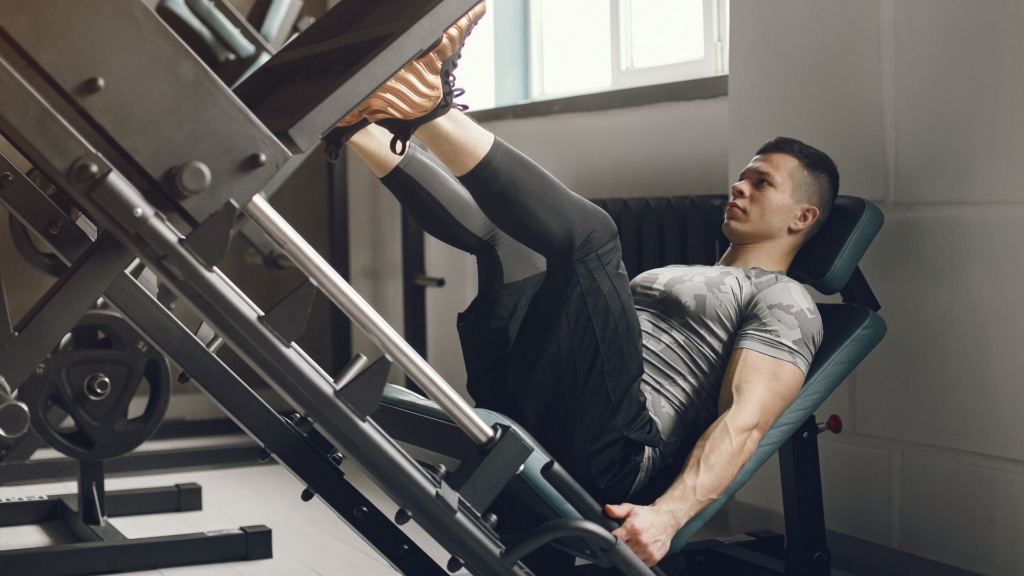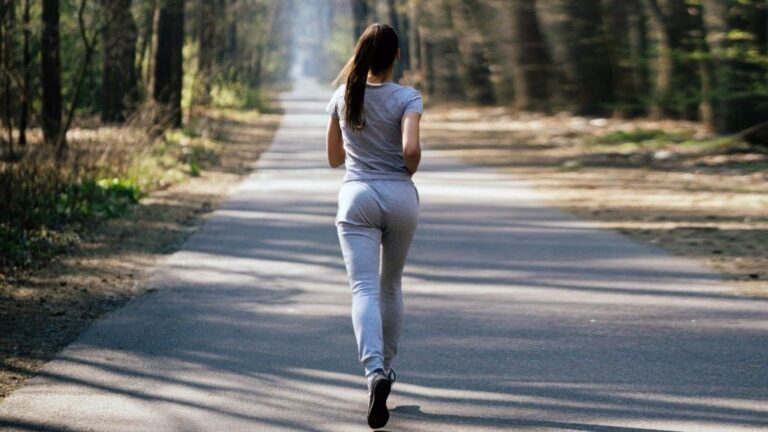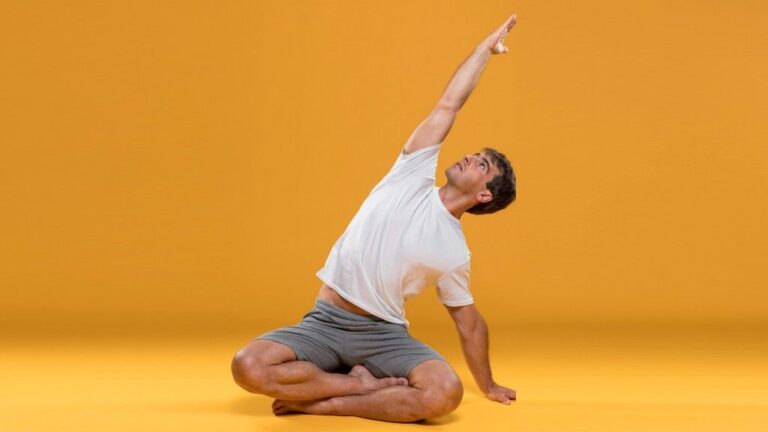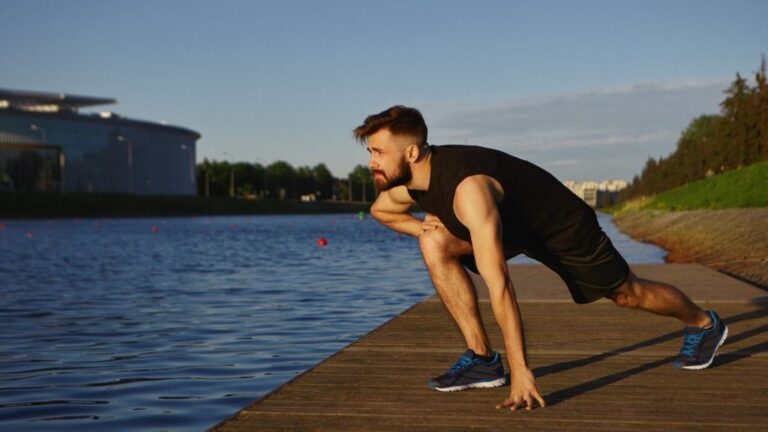Leg Workouts to Maximize Muscle Growth – If you’re serious about transforming your physique and boosting overall strength, there’s one rule you can’t ignore: never skip leg day. Your lower body is the foundation of every movement you make—from sprinting to squatting to simply climbing stairs—and building strong legs isn’t just about aesthetics. It’s about enhancing mobility, preventing injuries, and supporting long-term health.
“Strong legs are essential for maintaining independence as we age,” says Dr. Emily Carter, a certified physical therapist and fitness expert. “They improve balance, reduce joint pain, and protect against falls. Plus, training large muscle groups like your quads, hamstrings, and glutes boosts metabolism and promotes full-body strength.”
Ready to build muscle, increase power, and sculpt killer legs? This Five-exercise workout targets all major muscle groups in your lower body, ensuring balanced development and maximum gains. Let’s break it down.
Also Read: 7 Dumbbell Workouts to Grow Your Triceps Fast
Table of Contents
- 1 1. Barbell Back Squats – The King of Leg Exercises
- 2 2. Romanian Deadlifts – Sculpt Your Hamstrings and Glutes
- 3 3. Walking Lunges – Build Balance and Size
- 4 4. Standing Calf Raises – Don’t Forget Your Calves
- 5 5. Hip Thrusts – Maximize Glute Activation
- 6 Why Leg Strength Matters
- 7 How to Structure Your Workout
1. Barbell Back Squats – The King of Leg Exercises
Targets: Quadriceps, Glutes, Hamstrings, Core

- How to Do It: Stand with feet shoulder-width apart, toes slightly turned out. Rest the barbell across your upper back, gripping it firmly. Keep your chest up and core tight as you hinge at the hips and knees to lower into a squat. Descend until your thighs are parallel to the floor (or as low as your mobility allows). Drive through your heels to return to standing.
- Form Tips: Avoid rounding your back—engage your core throughout the movement. Keep your knees aligned with your toes and focus on driving upward with explosive power.
- Anatomical Benefits: Squats are a compound exercise that recruits multiple muscle groups, promoting hypertrophy (muscle growth) while improving hip and knee stability.
2. Romanian Deadlifts – Sculpt Your Hamstrings and Glutes
Targets: Hamstrings, Glutes, Lower Back
- How to Do It: Hold a barbell or dumbbells in front of your thighs, palms facing you. Hinge at your hips, keeping a slight bend in your knees, and lower the weight toward the floor. Push your hips back as far as possible while maintaining a neutral spine. Squeeze your glutes to return to standing.
- Form Tips: Keep the weight close to your body throughout the movement. Focus on feeling a deep stretch in your hamstrings at the bottom and a strong contraction in your glutes at the top.
- Anatomical Benefits: This move isolates the posterior chain, strengthening your hamstrings and glutes while improving flexibility and reducing injury risk in the lower back.
Also Read: Transform Your Booty in 4 Weeks With This Stability Ball Workout
3. Walking Lunges – Build Balance and Size
Targets: Quadriceps, Glutes, Hamstrings, Calves

- How to Do It: Hold dumbbells at your sides (optional) and stand tall. Step forward with one foot and lower your hips until both knees are bent at 90 degrees. Push off your front heel to step forward with the opposite leg and repeat. Alternate legs as you “walk” across the room.
- Form Tips: Keep your torso upright and avoid letting your front knee extend past your toes. Engage your core to maintain balance and stability.
- Anatomical Benefits: Lunges challenge unilateral strength, correcting muscle imbalances and improving coordination. They also target smaller stabilizing muscles for added definition.
4. Standing Calf Raises – Don’t Forget Your Calves
Targets: Gastrocnemius, Soleus (Calves)
- How to Do It: Stand on a raised platform (like a step or weight plate) with your heels hanging off the edge. Hold dumbbells at your sides for added resistance. Rise onto your toes by contracting your calves, then slowly lower your heels below the level of the platform for a full stretch.
- Form Tips: Control the descent to maximize time under tension. Avoid bouncing—focus on smooth, deliberate reps.
- Anatomical Benefits: Calf raises strengthen the gastrocnemius and soleus muscles, which play a critical role in walking, running, and jumping. Strong calves also enhance ankle stability and prevent shin splints.
5. Hip Thrusts – Maximize Glute Activation
Targets: Glutes, Hamstrings, Core
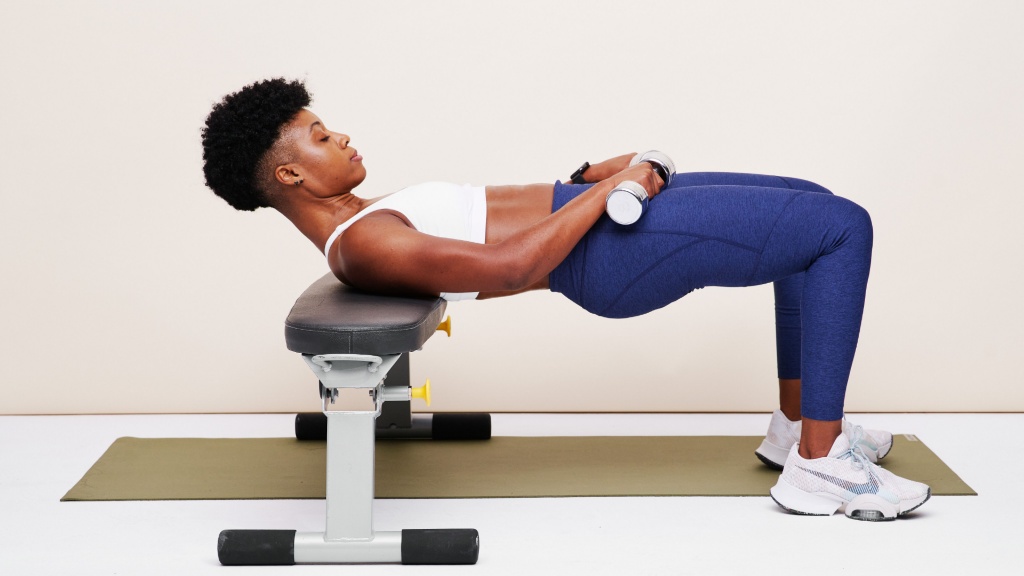
- How to Do It: Sit on the ground with your upper back against a bench and a barbell across your hips (pad the bar for comfort). Place your feet flat on the floor, hip-width apart. Press through your heels to lift your hips until your body forms a straight line from shoulders to knees. Squeeze your glutes at the top before lowering back down.
- Form Tips: Keep your chin tucked and avoid overextending your lower back. Focus on squeezing your glutes hard at the peak of the movement.
- Anatomical Benefits: Hip thrusts are unparalleled for glute activation, helping to shape and strengthen the largest muscle group in your body. Strong glutes support better posture and athletic performance.
Also Read: Get Bigger & Stronger Fast With This 30-Day HIIT Workouts
Why Leg Strength Matters
“Leg workouts aren’t just about looking good—they’re about moving well,” explains Dr. Carter. “Strong legs mean better mobility, reduced risk of chronic conditions like arthritis, and improved performance in everyday activities. Plus, they lay the groundwork for total-body strength.”
How to Structure Your Workout
Perform each exercise for 3–4 sets of 8–12 reps, resting 60–90 seconds between sets. If you’re new to these moves, start with lighter weights or bodyweight variations to master proper form. As you progress, gradually increase resistance to continue challenging your muscles.
For optimal results:
- Train legs twice per week, allowing at least 48 hours of recovery between sessions.
- Pair this routine with a balanced diet rich in protein, healthy fats, and complex carbs to fuel muscle growth.
- Prioritize sleep and hydration to speed up recovery and maximize gains.

